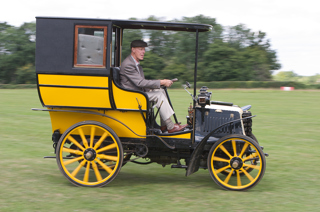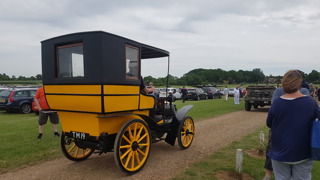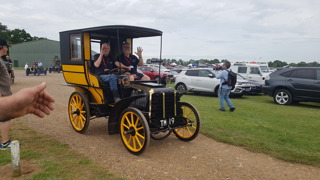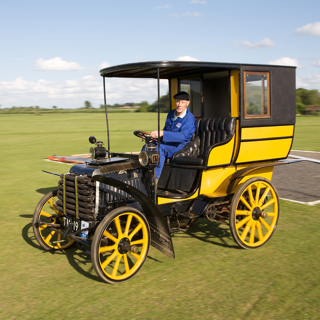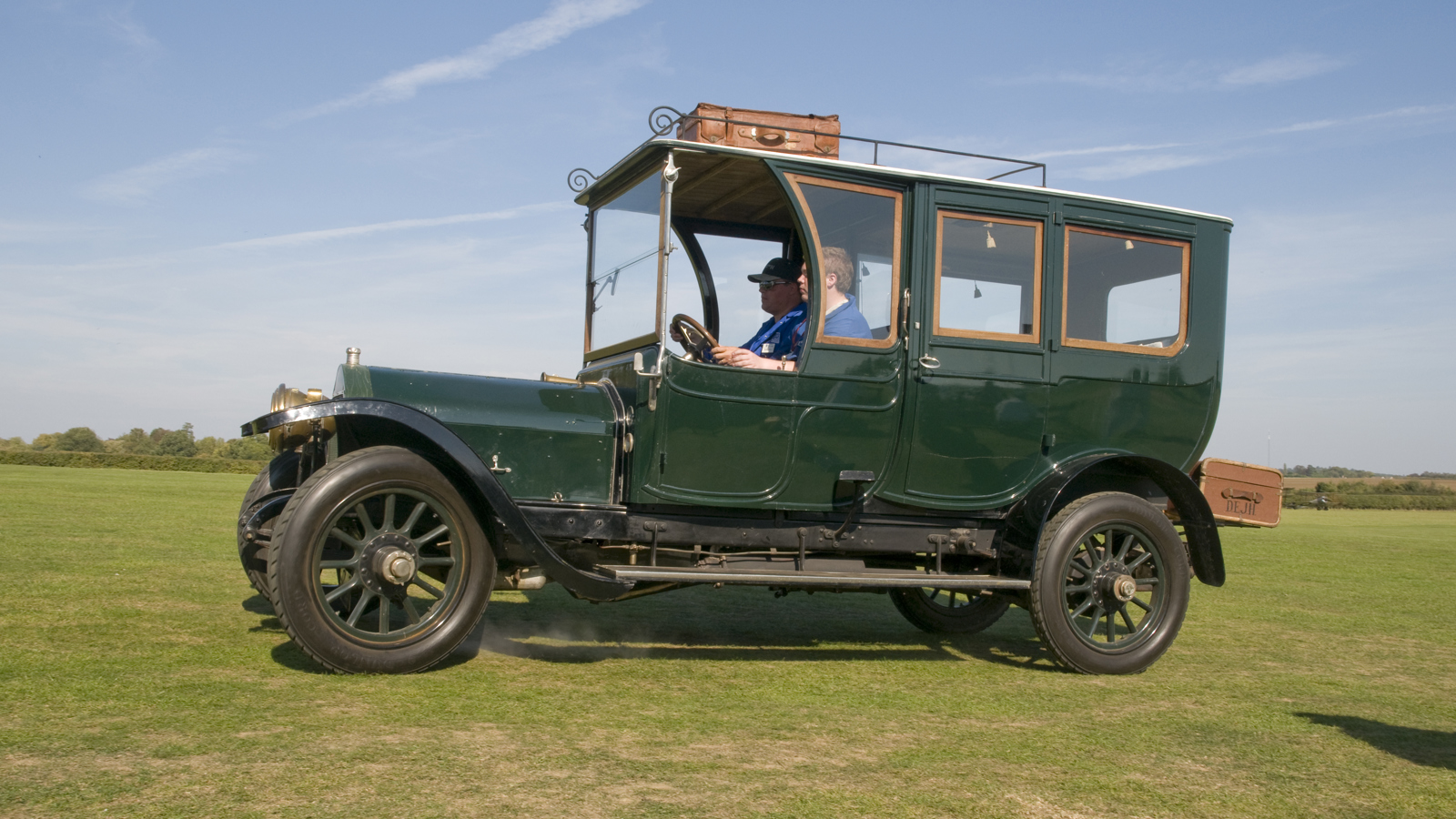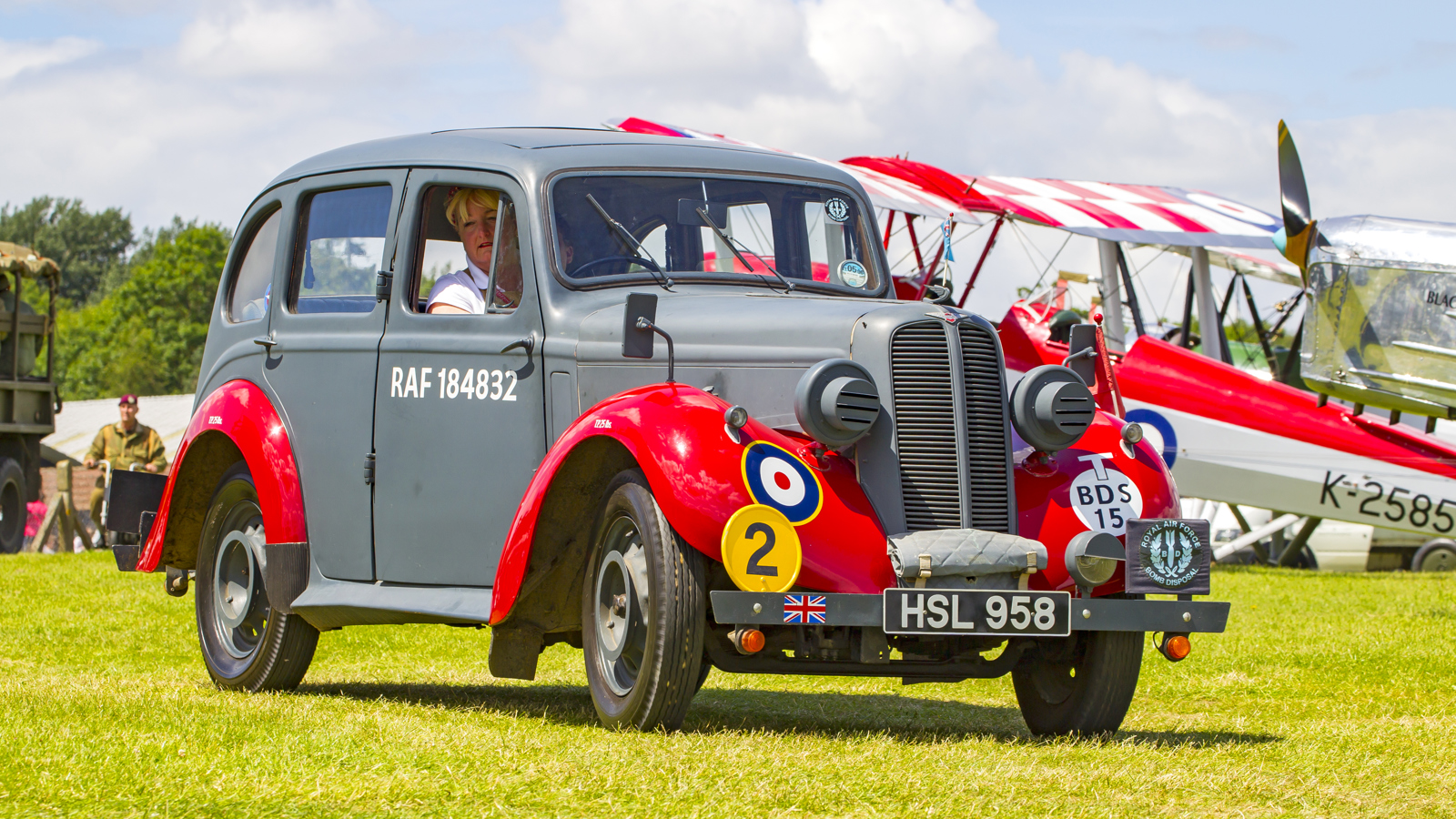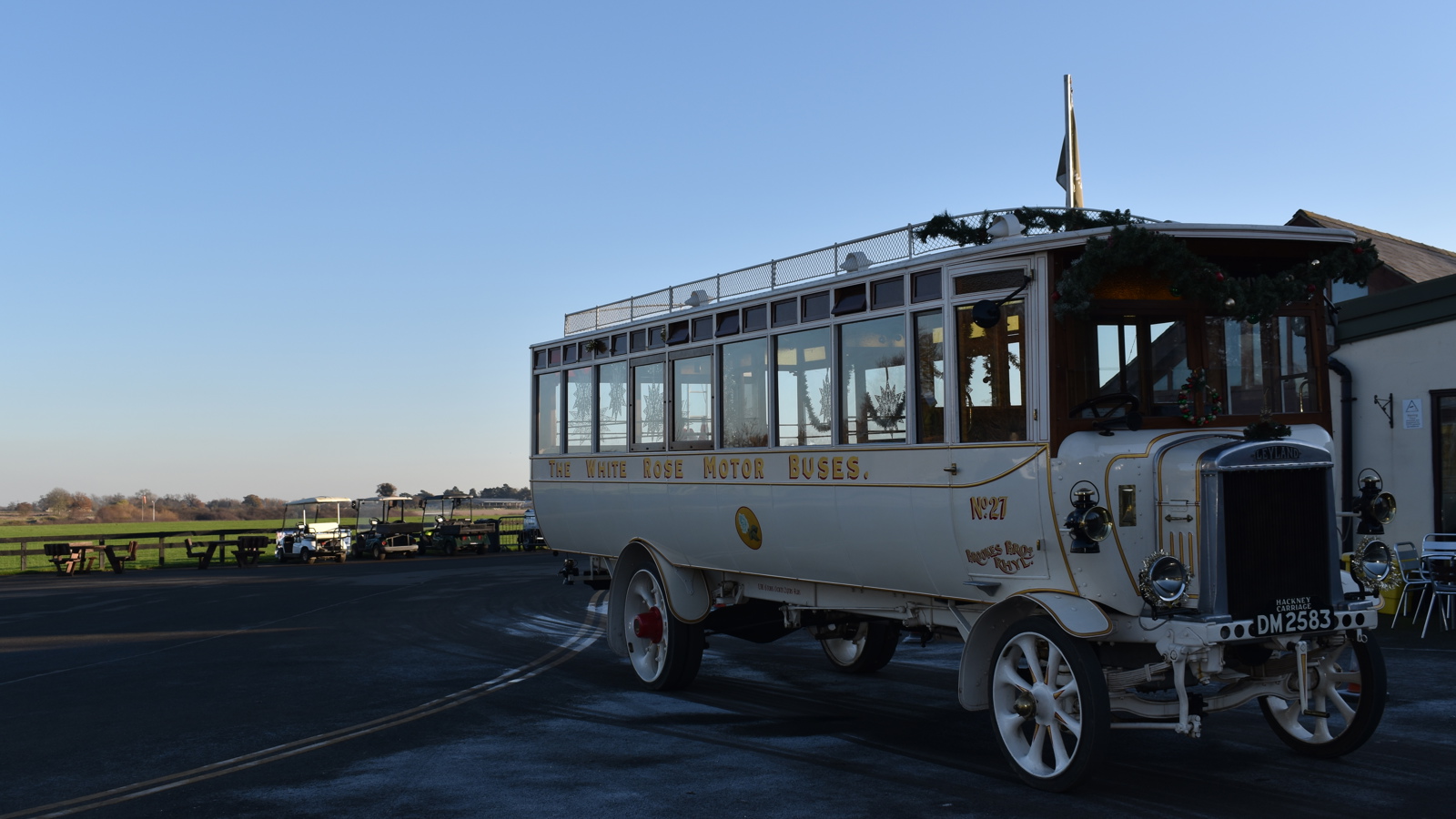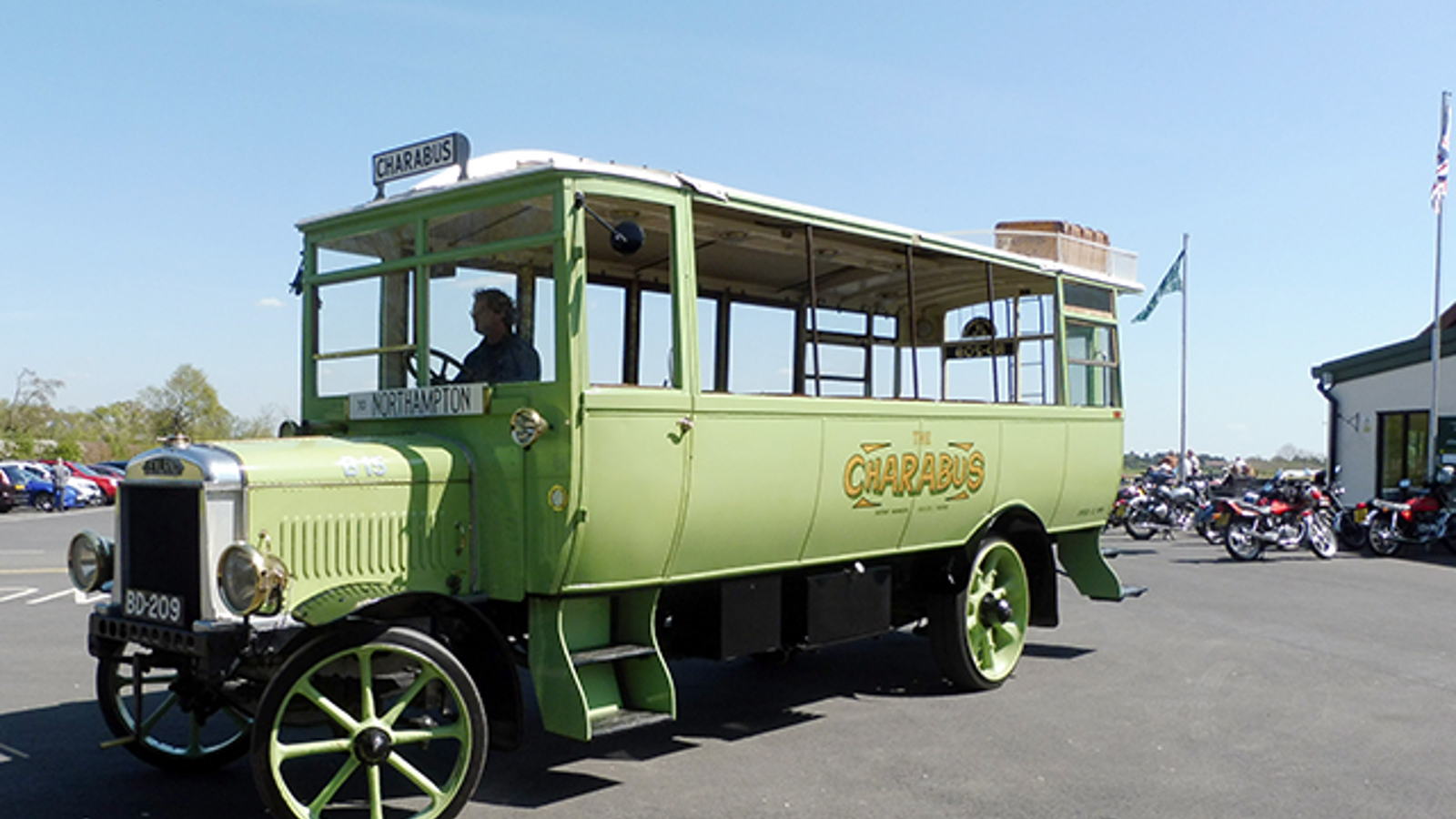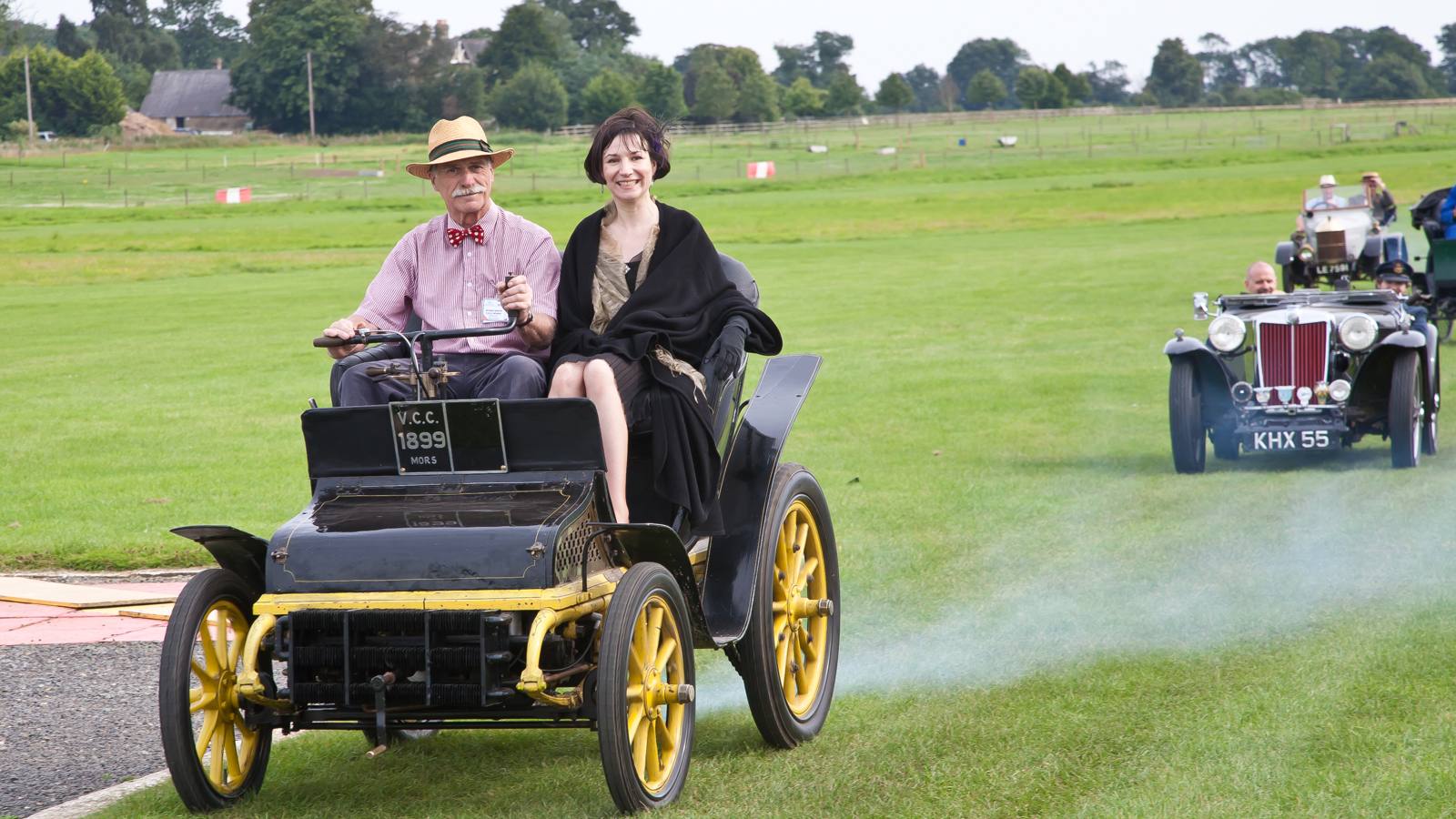Panhard & Levassor
Karl Benz may well have been first to commercially manufacture the motor car, but the honour of being the first automobile maker to enter series production goes to the partnership of Rene Panhard and Emile Levassor. In 1891 the Paris based company produced four identical, four-wheel, models with V-twin engines of 817cc, the first of a marque that was to be in continuous car production until 1967.
The company had its roots in carriage manufacture and woodworking machinery and, in 1887, negotiated a contract to manufacture Daimler engines for supply to Peugeot cars. From then it was a short step to the first Panhard & Levassor car of 1891, designed by Emile, using the Daimler V-twin engine at the rear. The ‘series production’ of four cars came later in the same year. The following year 15 cars were produced; later models fitted with Daimler Phoenix in-line engines.
Innovative designer Levassor was also an accomplished racing driver, winning the Paris-Bordeaux-Paris race of 1895, but his sporting ambitions were to prove fatal: in 1896 he crashed in the Paris-Marseilles race whilst trying to avoid a dog and died of his injuries.
After Levassor’s death the company was re-organised and would continue to play a leading role in the French automobile industry. Nowadays the Panhard name is the property of Peugeot.
About this vehicle
The first car in his collection, Richard Shuttleworth purchased it in 1928 from Frank Webb’s garage in Leighton Buzzard where it had been deposited by Leopold de Rothschild’s chauffeur. Richard believed the vehicle to be an 1897 model that had finished fourth on the Paris-Amsterdam race of 1898, was the first car to be owned by a member of the British de Rothschild banking family, and had carried King Edward VII to Ascot Races in 1901.
Richard intended to drive the car on the 1928 London to Brighton Run, but the day before the start Panhard said they were unable to prepare it. Working overnight in a London garage Richard and his friend Jimmy Edmunds got the car ready and completed the distance with four passengers aboard.
Recent research has thrown more light on the story. The car has been dated by the Veteran Car Club (VCC) as being a 1900 model and the Panhard archive has revealed it was purchased from the factory in 1901 by a Monsieur Dubonnet, of Paris. It is not, say the archive, a Paris-Amsterdam race car. We also believe King Edward VII didn’t drive it at Ascot Races: the 1901 meeting was a subdued affair with no royal presence whilst the 1902 event was not attended by Edward (then Prince of Wales) because he was ill with an appendicitis that delayed his coronation until August of that year.
We do know, however, that Leopold de Rothschild lived at Ascott House, in Buckinghamshire, and it’s likely the King would have visited and (perhaps) driven the car.
The car was purchased by de Rothschild in 1902 from London stockbroker Hugh Weguelin. Then it had open Landaulette bodywork by Jentaud, of Paris, but at some point (post 1903) it was re-bodied in the Brougham style - open driver and front passenger, closed rear passenger space - by Morgan and Co of Leighton Buzzard. The original sale document also describes the vehicle as being 8hp, but by 1902 the engine power appears to have been increased to 12hp.
Specification
| Title | Detail |
|---|---|
| Year | 1900 |
| Manufacturer | Société Panhard et Levassor |
| Engine | 12hp Daimler Phoenix four cylinder water-cooled |
| Model | Brougham body |
| Type | Car |
| Top speed | 30mph |
| Status | Richard Shuttleworth’s |
Other collection items
Register for Updates
Be the first to hear about our latest events and get all the Shuttleworth news

